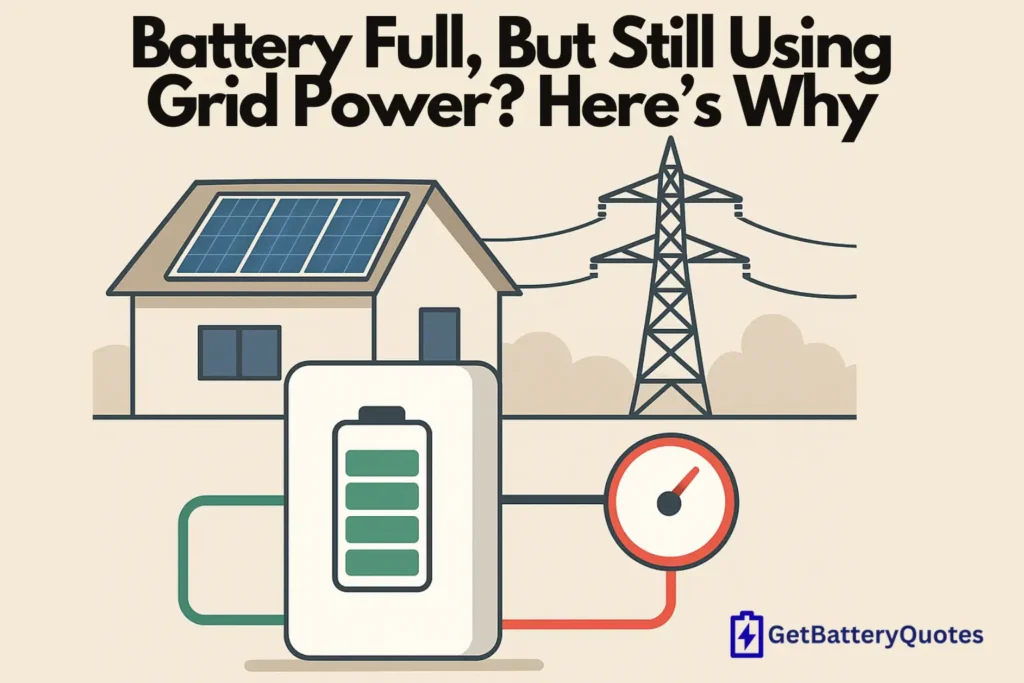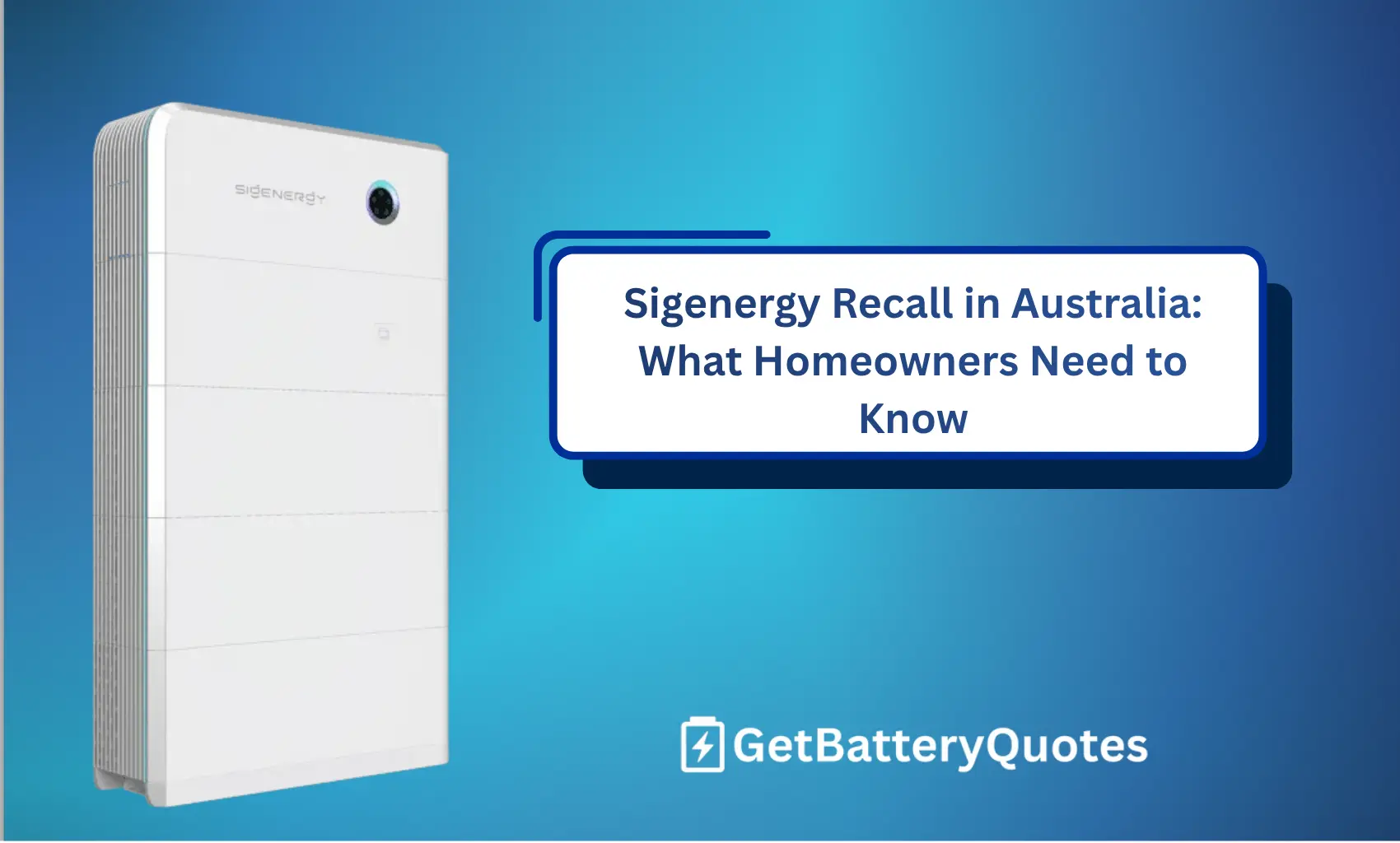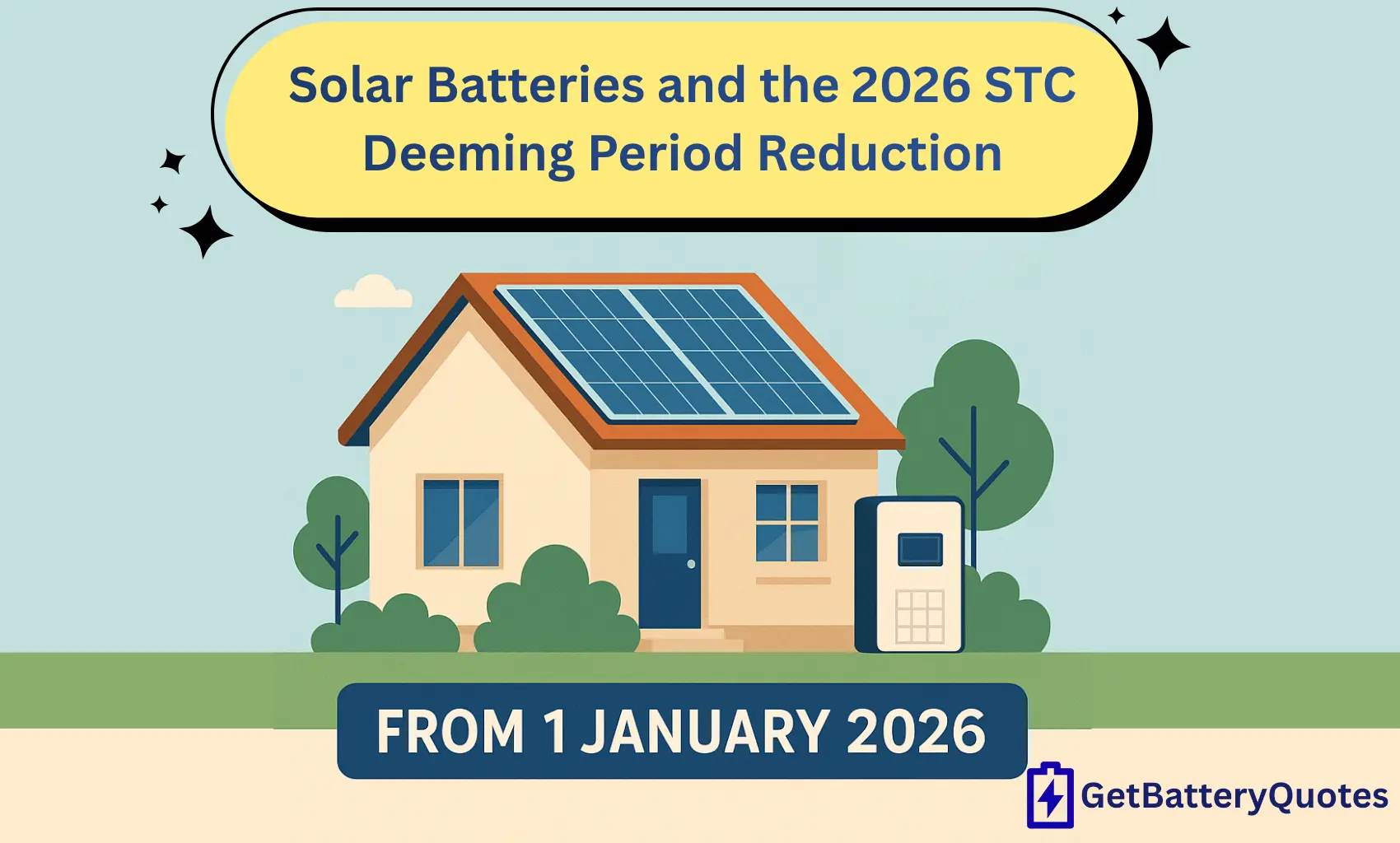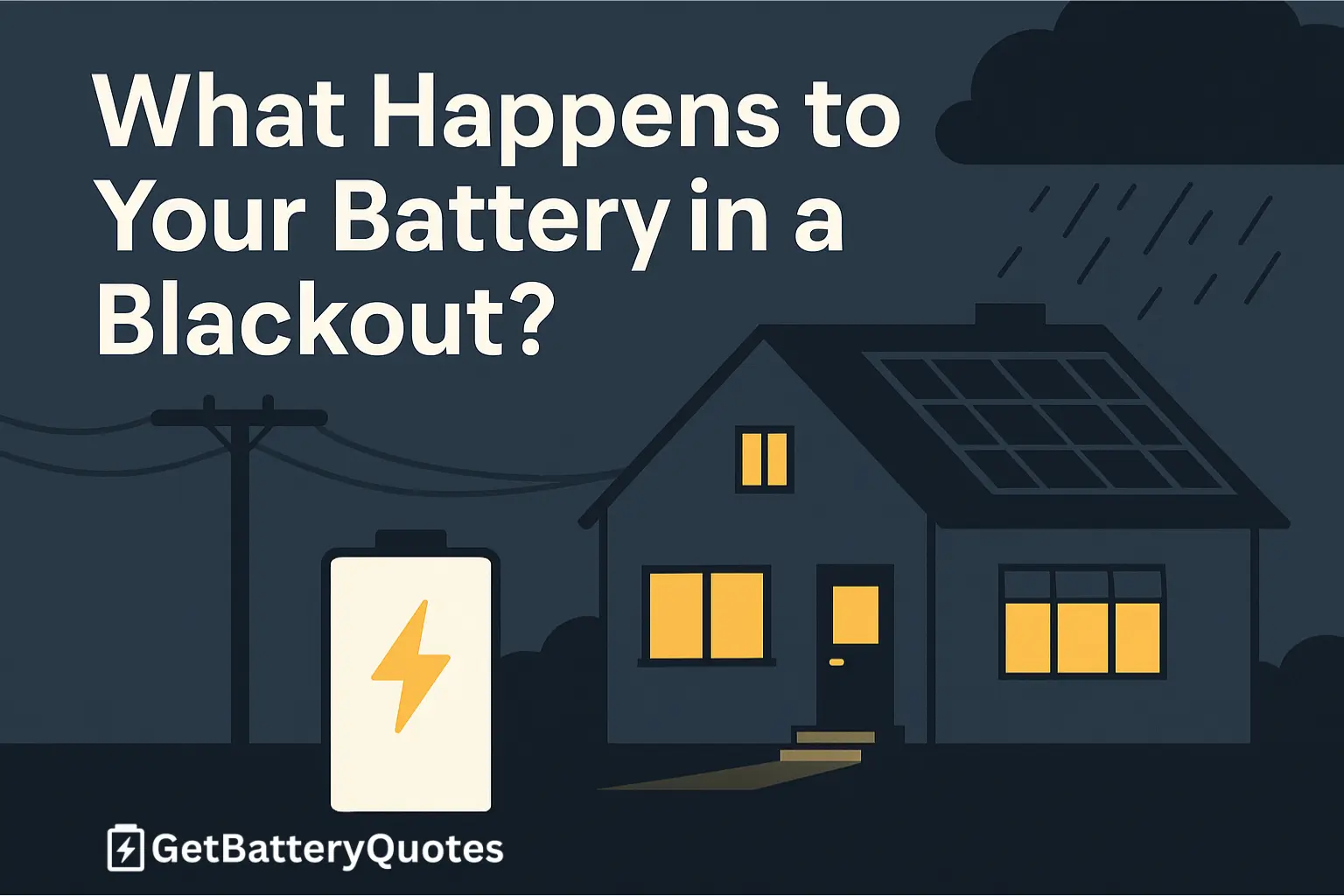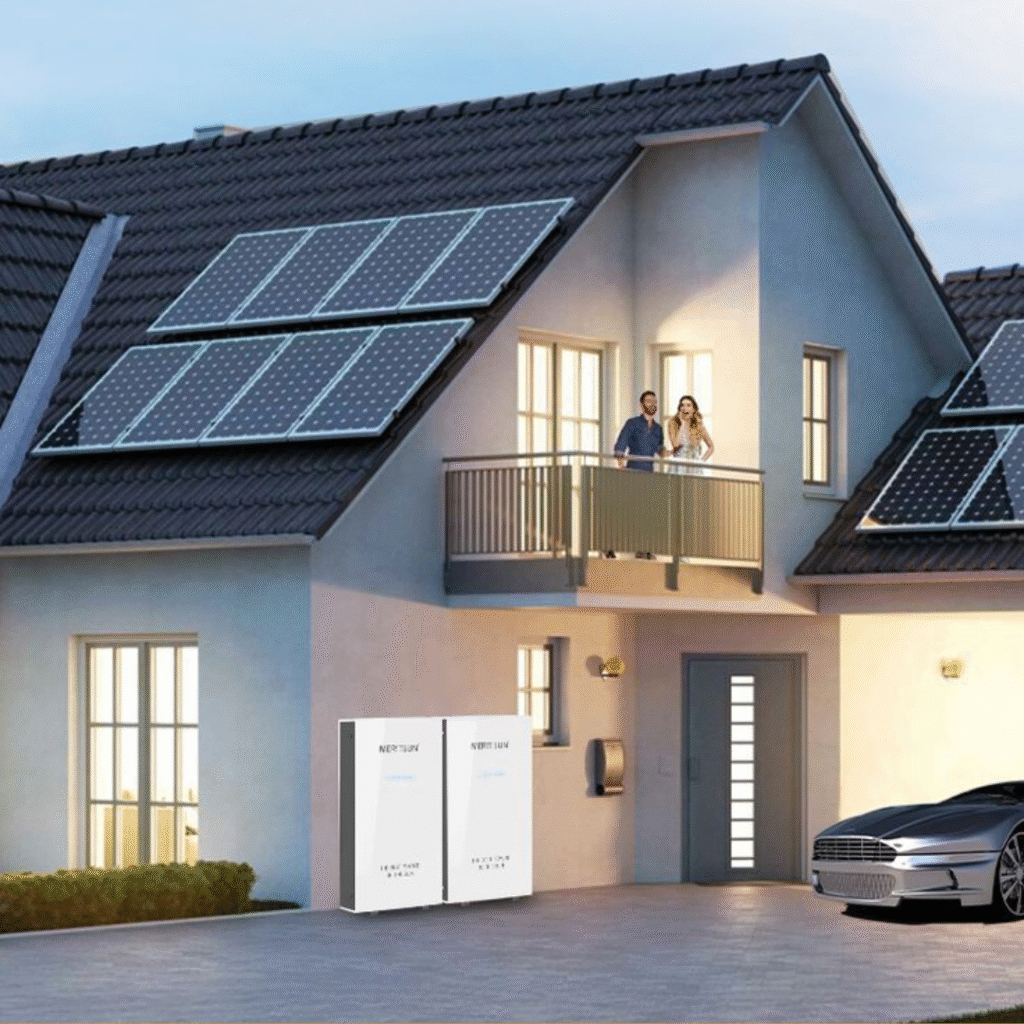Your Battery System Can’t React Instantly
A typical solar power system works like this:
- Solar panels power your home first
- Then they charge the battery
- If there’s leftover energy, it goes to other loads or the grid
But there’s a catch. Even the best battery system can’t react immediately to changes in energy demand. When you switch on a high-draw appliance, the system takes a split second to recognise that load and respond. In the meantime, the grid provides the backup, causing small energy imports.
- This is not a fault
- It happens multiple times per day
- Your app may exaggerate its impact
Battery Charging Slows After 80%
- Your 15kWh battery might take 2.5 hours to hit 80%
- Then several more hours to slowly reach 100%
- Meanwhile, your solar system may export power back to the grid
This can appear odd to battery owners especially if they see export before the battery is “full” but it’s completely expected behavior.
Example:
A Tesla Powerwall 3 might have 20kW of solar connected but can only charge at 5kW. That creates a bottleneck, even when the sun is out.
Monitoring Apps Aren’t Always Real-Time
Your solar monitoring app (like Sungrow’s iSolarCloud, Tesla, or Enphase) is a helpful tool, but not a precision-grade instrument.
- Most update every 5 minutes
- They use averages to fill in gaps
- They rely on Wi-Fi or cloud connectivity
Some Loads Don’t Go Through the Battery
Some appliances in your home may be wired directly to a controlled load circuit. This is common for:
- Electric hot water systems
- Pool filters
- Off-peak heating
These loads bypass the solar power system and battery entirely. So while your battery stays full, these appliances quietly draw small energy amounts from the grid and your app may not track them at all.
Your Battery Might Be Set Up to Conserve Power
- Some batteries maintain a minimum reserve level
- Others charge from the grid during off-peak periods to reduce costs
- If you’re in a VPP program, your energy provider may influence how and when your battery charges or discharges
This is particularly relevant for customers using real-time energy pricing or signed up to retailers like Amber or Origin’s VPP programs.
The Grid Steps In as a Safety Net
All solar and battery hybrids are designed to rely on the grid when needed. Here’s why:
- If your fridge spikes power draw to 3,000W, your inverter may need a moment to ramp up
- During that moment, the grid covers the load
- Your battery system takes over right after
It’s a seamless handover that protects your appliances and your battery and it’s exactly how the system is designed to function.
Remote Installations Work a Bit Differently
- Often leave 2–5% headroom in the battery at all times
- Can’t rely on the grid to absorb excess solar
- Must balance loads carefully to avoid overload or shutdown
So while city-based systems lean on the grid, remote setups must self-manage, making their control logic more complex.
When It’s Time to Call Your Installer
A few watts here or there? Totally normal. But if you’re seeing persistent or unexplained grid usage, it’s worth checking:
- Is your monitoring system measuring the correct circuits?
- Has your solar install been configured to monitor controlled loads?
- Is the battery discharging lower than it should, or not discharging at all?
In some cases, installers may have configured CT meters incorrectly or missed a load circuit during installation. If so, your solar installer can help verify and resolve the issue just be aware a call-out may incur a fee if there’s no actual fault.
Final Thoughts: A Full Battery Doesn’t Mean Zero Grid Use
- Slight delays in system response
- App data limitations
- External circuits bypassing your battery
- VPP or retailer-based charge management
If your solar install was done properly and your bills have dropped overall, your system is doing its job.

